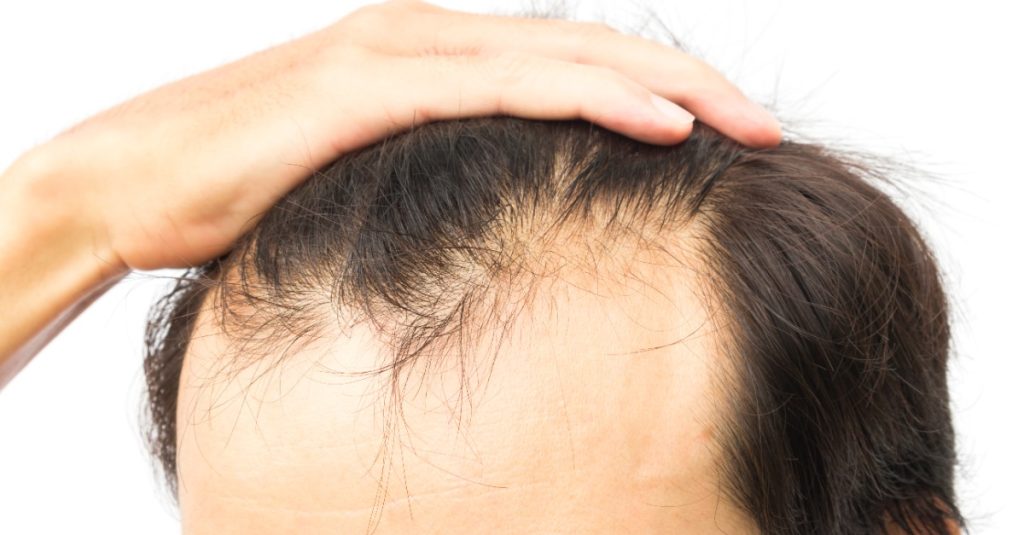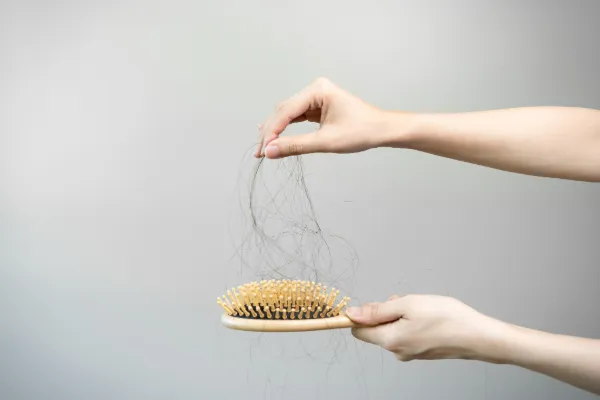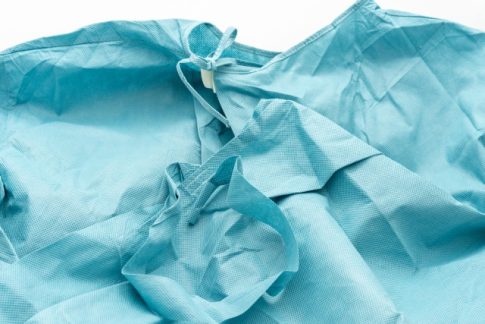この記事の概要
The success of hair transplant surgery depends on achieving a natural look. In particular, it is important to ensure that the color and texture of the hair appear natural. This article details how to achieve a natural look with hair transplant surgery and the considerations related to hair color.
The importance of hair color in hair transplant surgery
Natural results
To achieve a natural look, it is important that the color and texture of the transplanted hair matches the surrounding hair, as an unnatural looking hair color can diminish the effectiveness of the hair transplant procedure.
Graft Selection
A natural look can be achieved by selecting the appropriate grafts (follicular units) according to the hair color. The color and texture of the hair harvested from the donor area must be taken into consideration and appropriately placed in the transplant area.
How to achieve a natural finish
Doctor’s experience and skills
Choose an experienced doctor
For a successful hair transplant, it is important to choose an experienced doctor. The doctor’s skill and experience will greatly affect the natural results. Make your selection based on the doctor’s past performance and patient reviews.
Counseling
During your pre-operative consultation, be sure to communicate your wishes and concerns to your surgeon. It is important to provide detailed information about your hair color and texture to share with your surgeon.
Selection of appropriate donor area
Donor Area Evaluation
It is important that the hair in the donor area matches the color and texture of the hair in the area to be transplanted. Doctors take donor hair from areas that are less susceptible to the effects of DHT (dihydrotestosterone), such as the back and sides of the head .
Hair color and texture
The color and texture of the hair in the donor area is selected to match the hair in the transplant area, and the thickness and curl of the hair are also taken into consideration to achieve a natural look.
Hair transplant surgery techniques
Follicular Unit Transplant (FUT)
The FUT technique involves removing strips of skin from a donor area and dividing them into follicular units for transplantation . This method is suitable when large areas need to be grafted as many grafts can be transplanted at once.
Follicle Unit Extraction (FUE)
The FUE method involves harvesting and transplanting individual hair follicles directly from the donor area . This method has the advantage of leaving less scarring and allowing for quicker recovery, especially when a more natural look is desired.
Graft placement
Graft angle and direction
The angle and direction of the transplanted hair follicles are carefully set to replicate natural hair growth patterns. Your surgeon will guide the growth of hair in the transplant area based on your natural hair growth pattern.
Graft Density
By placing the grafts at the appropriate density, a natural look of volume can be achieved. Excessive density grafting can make surgical scars more noticeable, so care must be taken.
Aftercare
Scalp Care
Scalp care after surgery is important to increase the survival rate of transplanted hair. Follow your doctor’s instructions to keep your scalp clean and moisturized. Wash your hair gently with a mild shampoo.
Healthy lifestyle habits
Maintaining a healthy lifestyle, such as a balanced diet, adequate water intake, and moderate exercise , will support the growth of transplanted hair. Quitting smoking and drinking alcohol will also contribute to scalp health.

Special Considerations for Hair Color
Gray or white hair transplant
Gray or white hair selection
Grey or white hair can also be transplanted . Grey or white hair can be selected from the donor area and transplanted to achieve a natural look.
Uniformity of pigment
The surgeon will carefully place the grafts to ensure uniformity of the hair pigment after transplantation , especially if you have a lot of grey hair .
Coloring Considerations
Hair colour after surgery
If you want to dye your hair after surgery, it is important to wait for the transplanted area to heal before doing so, which usually takes several months after surgery.
Coloring precautions
When coloring your hair, choose products that are hypoallergenic and gentle on your scalp. Talk to your doctor about how to color your hair safely.
Self-care to maintain a natural finish
Regular care
Wash your hair and clean your scalp
To keep your scalp clean, wash your hair regularly. Use a mild shampoo and wash gently.
Moisturizing care
To prevent your scalp from drying out, keep it moisturized. Use a moisturizer that contains aloe vera or vitamin E to keep your scalp hydrated.
Nutrition and diet
Balanced diet
To keep your hair healthy, try to eat a balanced diet, especially foods rich in vitamins and minerals.
Hydration
Drink plenty of water to prevent your scalp from drying out. Aim to drink at least 2 liters of water a day.
Moderate exercise
Promotes blood circulation
Regular exercise increases blood circulation to the scalp and supports hair growth. Walking, light jogging, and yoga are effective.
Good quality sleep
Get plenty of rest
Getting 7-8 hours of quality sleep every night will help maintain your overall health. Growth hormone is released during sleep, which promotes hair growth and repair.
Conclusion
To achieve a natural look with hair transplant surgery, it is important to select and place the appropriate grafts taking into account your hair color and texture. Choosing an experienced surgeon and self-care after surgery are also essential to maintain a natural look. Sharing detailed information about your hair color and texture with your surgeon and performing appropriate surgery and aftercare will support healthy hair growth and achieve a natural look.
Hiro Clinic Hair Transplant
Hiro Clinic recommends Natural Pro FUE treatment, which can be used on hairless areas where oral medication or injection therapy is ineffective, and leaves barely noticeable scars. Hair roots are harvested from the back of the head and partially shaved, making post-operative care easier, and only the required number of hairs are transplanted with a natural finish. It is a same-day procedure using local anesthesia, and provides gentle, gradual hair growth at an affordable price, making it a safe option in Japan.








